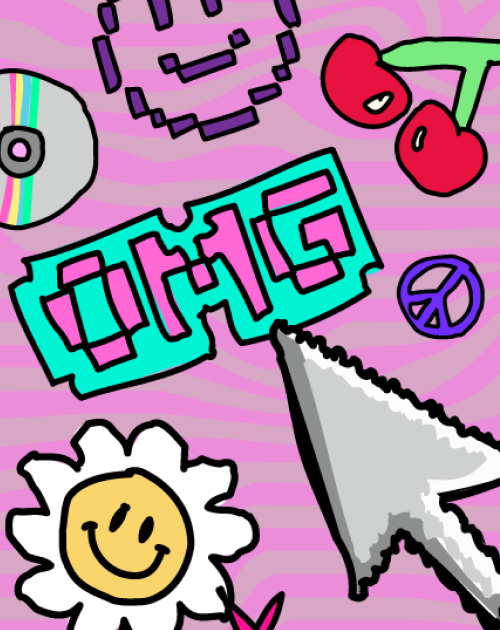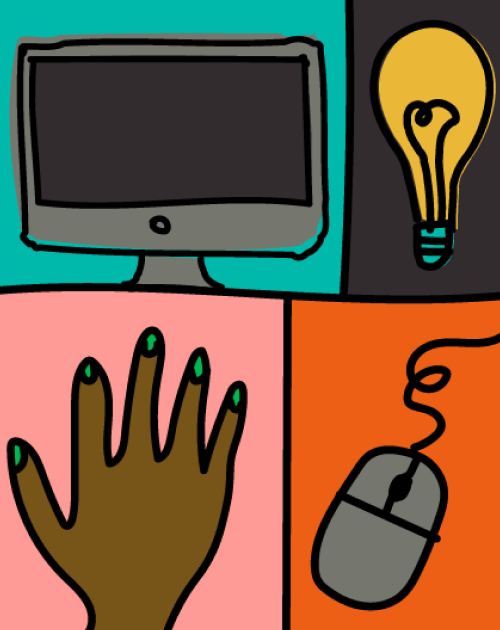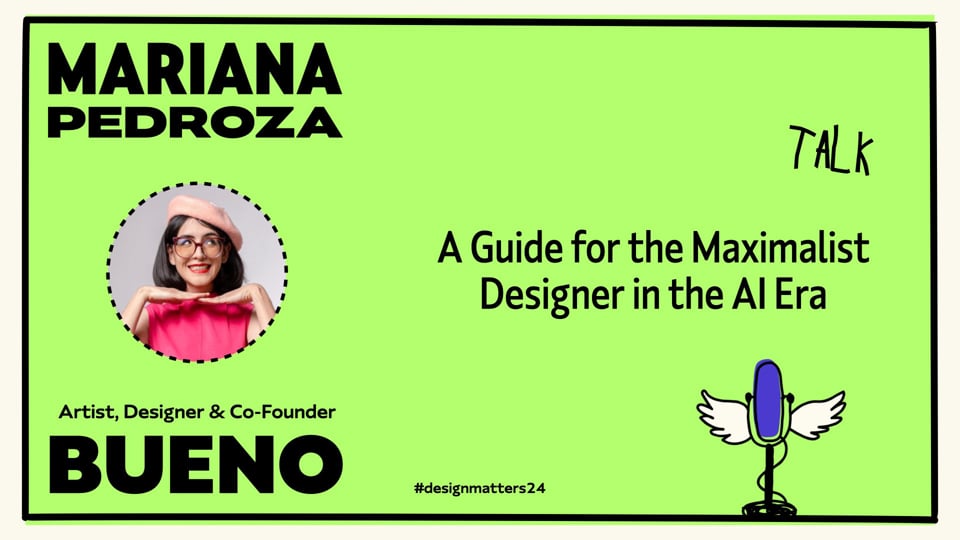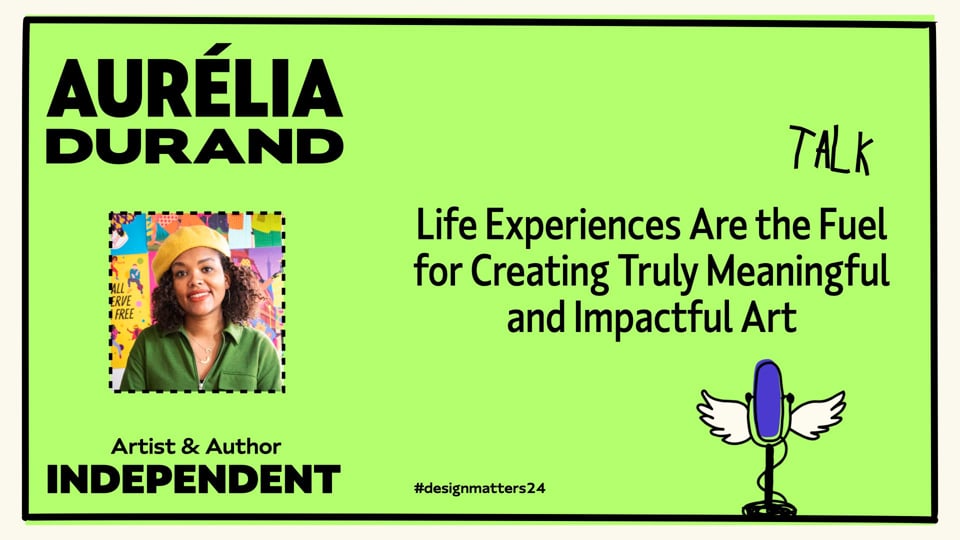There is no Planet B
According to some predictions, people will embrace a slower and more mindful life. Consumers will be more conscious about the decisions they make; they’ll pay more attention to how things are produced, to how much the products they buy impact the planet and the people who make them, and where the money they spend is going. We have already seen an increase in companies donating to specific causes, in labels that state, for instance, how much CO2 is being saved by buying that product (think of food packaging), and in consumers boycotting products and companies that are working unethically.
We, designers, too are being asked to be responsible for what we design; in particular, for the effects the products we design can have on the people and the planet – be it addiction, misinformation, instigation of violence, biodiversity loss, or pollution. Are we aware of the weight of the Internet and its invisible carbon footprint? Think of all the data centers in the world, and all the servers we are using to store the thousands of photos of videos we have on our Cloud, for example. Technology is progressing fast, and this is allowing us to do things we could never dream of before, but are we reallydesigning for our planet? Are we just chasing after the next technology or are we actually helping our planet? With this knowledge, what action can we take?
These questions prompt us to think about not only the digital products we create, but also physical objects, transport, and urban planning. What new materials and tech are being used for a more sustainable world? How does urban planning or industrial design nudge users to live healthier (or worse) lives? As complex technologies are becoming available to more people, how can spatial design and spatial Uis be deployed?
Following a trend where people are learning to “slow down”, we’re also seeing more designers using their skills to engage on a more local level, contributing with design thinking to city planning, events, etc, to support community building. Living in a Capitalist world, how can we reconcile making things for the world while also finding personal value in it? What does design after Capitalism look like?
This theme will look into all the tangible ways in which design can truly support the planet, its people, creatures and ecosystems, exploring what responsibilities, materials, and technologies designers can use to create a sustainable and an ethical future – with practical examples, case studies, and more.









